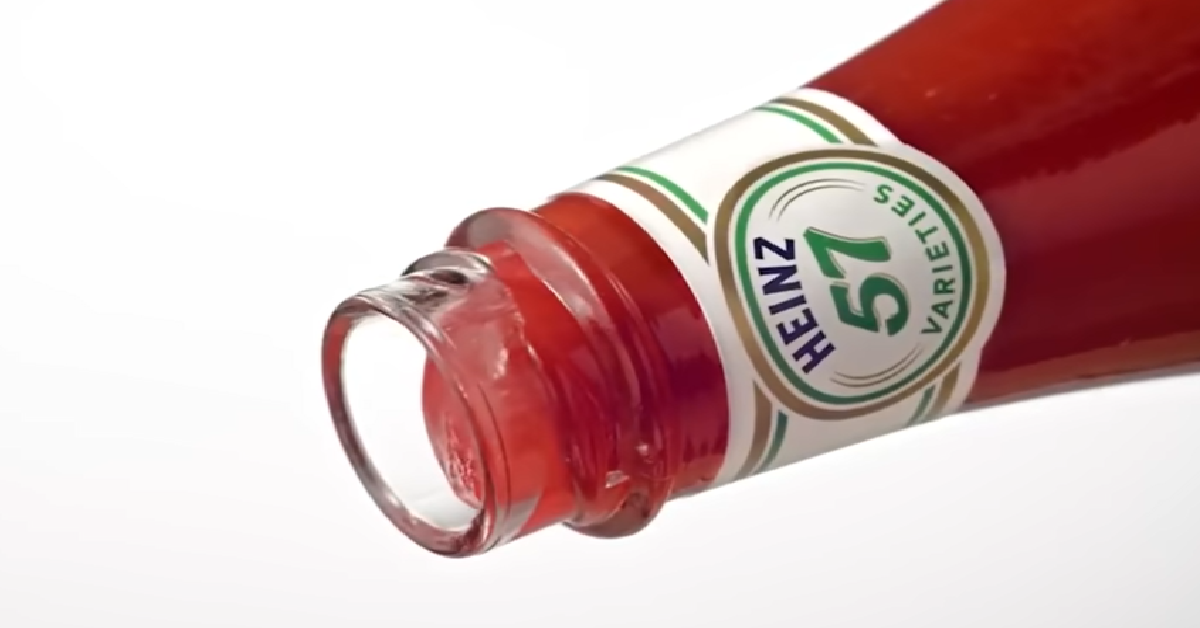The Bizarre History Of Ketchup
Surprisingly, the original ketchup had no tomatoes at all!
Tom Blank of Weird History Food is one of our go-to guys on topics like these and for good reason.
The Weird History Food channel is one of our favorites on YouTube and we have learned a lot from Blank over the years. Ketchup may not seem like a topic that is ripe for discussion but you would be wrong about that. Blank is uncovering all sorts of interesting facts that we never knew.

For example, did you know that the original recipe for ketchup is actually much different than the one that we know and love today? The original recipe actually comes from Southeast Asia and there were no tomatoes involved at all. They did not make their way into the mix until well after the fact.
“The first reference of what would eventually become ketchup occurred somewhere around 300 BC in early Southeast Asia. Ancient texts documented the use of fermented paste, made not from tomatoes, but from soybeans, fish entrails, and meat byproducts….This fish paste was called ge-thcup or koe-cheup,” Blank shared in the video. We were today years old when we learned this and we are willing to assume that most of our readers are in the same boat.

Blank goes on to explain more about all of the various iterations of ketchup as it began to make its way around the world. It got its start in Asia, before making its way through Europe. From there, it finally made its presence known to North Americans. From there, tomatoes were finally introduced but this step did not take place until 1812.
Tom also explains how ketchup managed to become more of a household name and it will probably surprise no one to learn that Heinz was prominently involved. We’ll let him explain, though.

“Heinz was the first to use riper tomatoes, which resulted in higher quantities of natural pectin. This combined with the use of more vinegar and sugar made Heinz brand ketchup the reddest, freshest, and tastiest ketchup you could buy. Heinz also wanted to prove that he had nothing to hide with this unpopular form of ketchup, so he pioneered the use of glass bottles.Customers were able to see what they were buying for the first time,” Blank says.
To find out more about the amazing history of ketchup, please be sure to check out this video in full:
SKM: below-content placeholderWhizzco for DOT

